Ear hygiene is the practice of keeping your ears clean and healthy. It involves removing excess ear wax, preventing ear infections, and protecting your hearing. Ear hygiene is important for your well-being, as it can affect your ear function, your balance, your communication, and your mood.
However, ear hygiene is not as simple as it may seem. Many people are unaware of the best practices and the common mistakes when it comes to ear care. In fact, some of the things you may be doing to clean your ears could be doing more harm than good.
In this article, we will explain everything you need to know about ear hygiene and ear care. We will cover the following topics:
- What is ear wax and why do we have it?
- How to remove ear wax safely and effectively
- How to prevent ear infections and inflammation
- How to protect your hearing and ear health
- How to choose and use ear care products and tools
- FAQs about ear hygiene and ear care
By the end of this article, you will have a clear understanding of how to clean your ears the right way and why ear hygiene matters. You will also get access to our exclusive ear care products and tools that will help you maintain your ear hygiene and improve your ear canal health.
Table of Contents
What is ear wax and why do we have it?
Ear wax, also known as cerumen, is a natural substance produced by the glands in the outer part of the ear canal. It has several functions, such as:
- Lubricating and moisturizing the skin of the ear canal
- Trapping and removing dirt, dust, bacteria, and other foreign particles from the ear
- Protecting the ear from water, insects, and fungal infections
- Acting as a natural antibiotic and anti-inflammatory agent
- Helping with the self-cleaning mechanism of the ear
Earwax is usually yellow, brown, or gray in color and has a soft, sticky, or dry texture. The amount and type of ear wax vary from person to person, depending on factors such as genetics, age, diet, environment, and ear anatomy. Red-tinged wax may be a sign of an injury, while greenish wax may indicate an infection, for instance.
Earwax plays essential roles in ear health. It helps remove debris from the ear canal, prevents foreign bodies and particles from penetrating deep into the ear, and it even helps protect against germs.
The color, texture, and amount of earwax vary naturally from person to person. Earwax can be a variety of colors, including:
- off white
- yellow
- bright orange
- dark orange
- brown
- black
In general, the color has a bit to do with the age of the earwax. Newer earwax tends to be lighter in color, and it darkens as it ages and picks up more debris. The texture of earwax changes as the wax ages.
Also, genetics and a person’s age may play roles. Children tend to have softer earwax that is lighter in color, while adults tend to have darker, harder earwax.
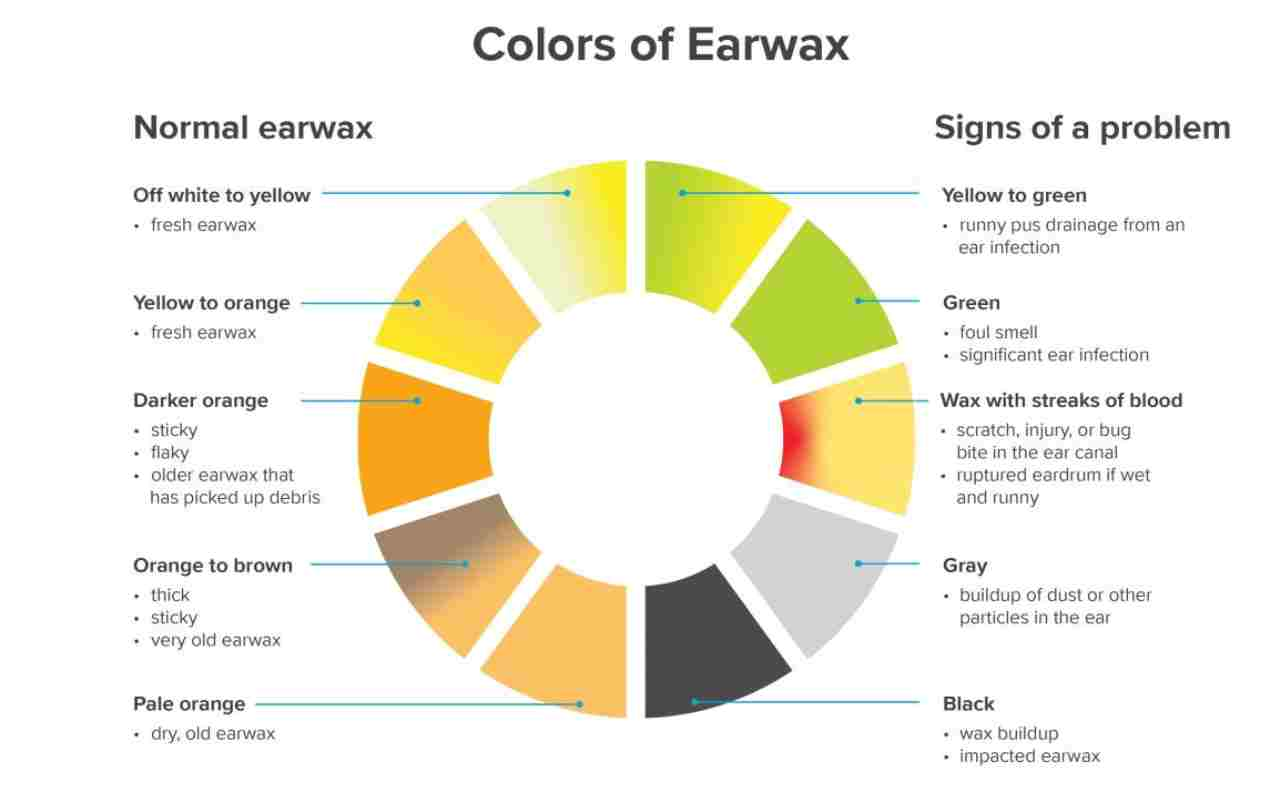
Normally, ear wax moves out of the ear canal gradually, either by itself or with the help of jaw movements, such as chewing or talking. It then falls out of the ear or gets washed away during bathing or showering.
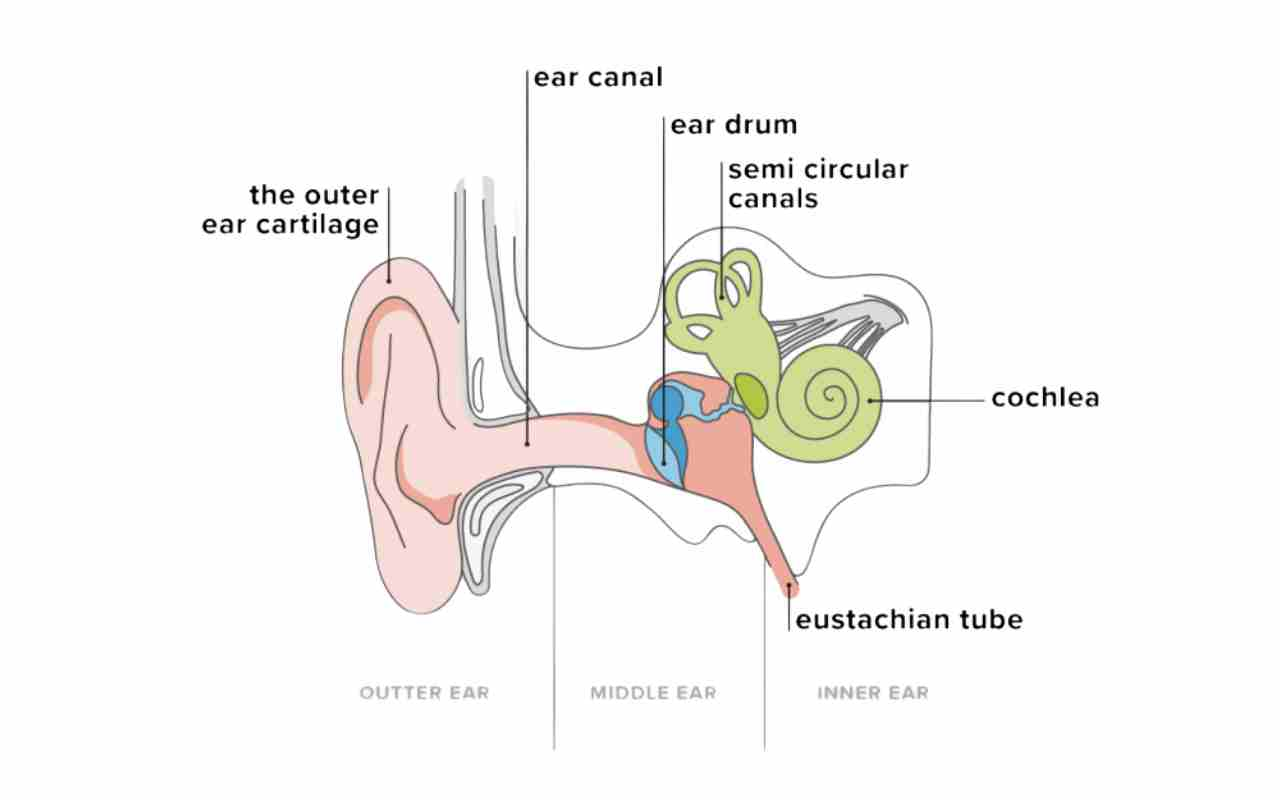
However, sometimes ear wax can accumulate and harden in the ear canal, causing a blockage or impaction. This can lead to problems such as:
- Hearing loss or reduced hearing
- Ear pain or discomfort
- Tinnitus or ringing in the ear
- Itching or irritation of the ear
- Ear infection or inflammation
- Dizziness or vertigo
- Coughing or gagging
Therefore, it is important to remove excess ear wax regularly and prevent it from building up in the ear canal. However, this does not mean that you should try to remove all the ear wax from your ears, as this can also cause problems.
Earwax is beneficial for your ear health and should not be considered as dirt or something to be eliminated completely.
How to remove ear wax safely and effectively
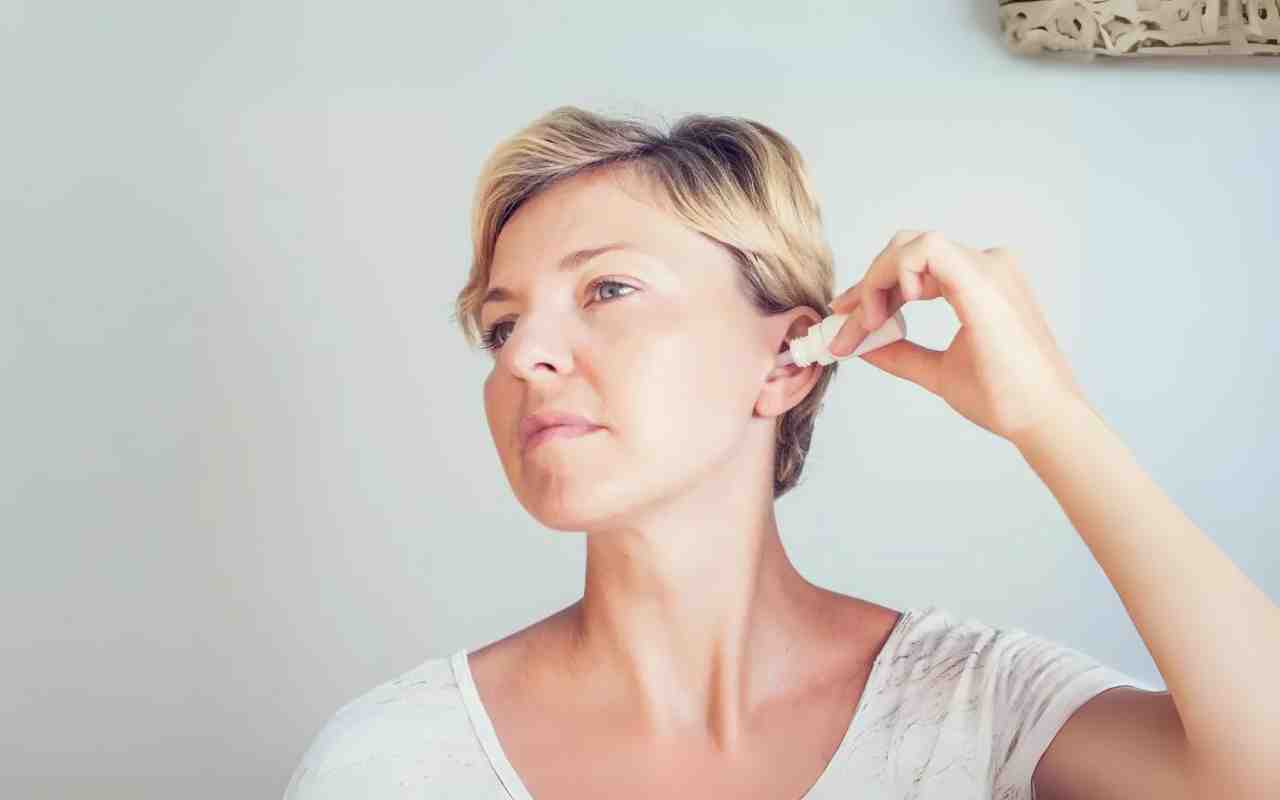
The best way to remove ear wax safely and effectively is to let your ears do it naturally. As mentioned earlier, your ears have a self-cleaning mechanism that pushes the ear wax out of the ear canal. You can help this process by:
- Wiping the outer part of your ear with a soft cloth or tissue after bathing or showering
- Using a few drops of mineral oil, baby oil, glycerin, or hydrogen peroxide to soften the ear wax and make it easier to come out
- Using a bulb syringe or a rubber ear syringe to gently flush out the ear wax with warm water or saline solution
- Using an over-the-counter ear wax removal kit that contains a softening agent and a syringe or a spray bottle
- Visiting an audiologist or a doctor who can remove the ear wax professionally using a special instrument, such as an otoscope, a curette, or a suction device
However, you should avoid the following methods of ear wax removal, as they can damage your ears and cause complications:
- Using cotton swabs, Q-tips, bobby pins, or other objects to dig or poke into your ear canal. This can push the ear wax deeper into the ear, cause a perforation of the eardrum, or injure the delicate skin of the ear canal.
- Using ear candles, which are hollow cones made of wax or paraffin that are supposed to create a vacuum and suck out the ear wax. This is a dangerous and ineffective method that can burn your ear, leave wax residue in your ear, or cause an ear infection.
- Using excessive or inappropriate force or pressure to flush out the ear wax. This can rupture the eardrum, damage the ear canal, or cause an ear infection.
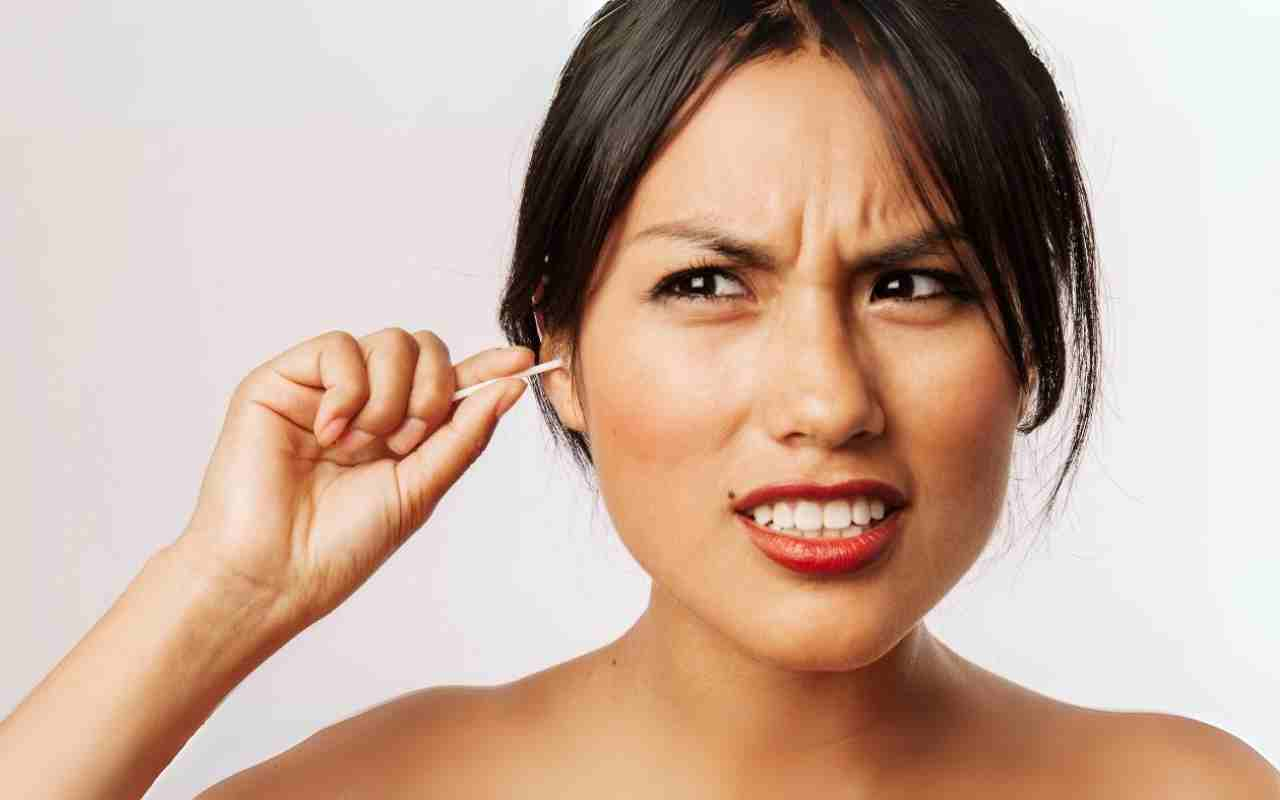
The general rule of thumb is to never insert anything smaller than your elbow into your ear. If you have any doubts or concerns about how to remove ear wax safely and effectively, consult an audiologist or a doctor for advice and guidance.
How to prevent ear infections and inflammation
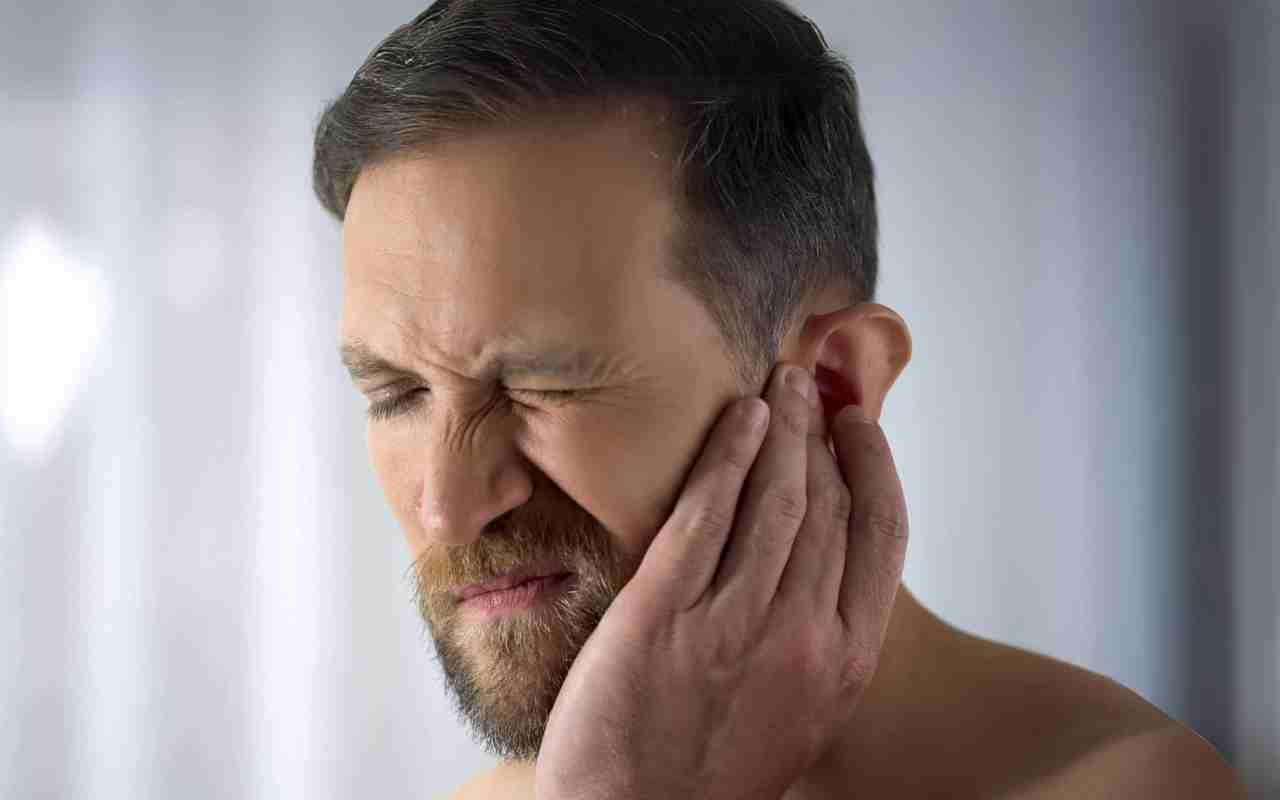
Ear infections and inflammation are common conditions that affect the middle ear or the outer ear. They can be caused by bacteria, viruses, fungi, allergies, or other factors. They can result in symptoms such as:
- Ear pain or discomfort
- Fever or chills
- Swelling or redness of the ear
- Discharge or pus from the ear
- Hearing loss or reduced hearing
- Tinnitus or ringing in the ear
- Itching or irritation of the ear
- Dizziness or vertigo
- Nausea or vomiting
One of the causes of ear infection or inflammation is an allergic reaction to certain substances, such as shampoo, jewelry, or hair dye. This can result in a rash behind the ear, which can be itchy, painful, or swollen.
If you have a rash behind the ear, you may want to try some natural remedies for rash behind ear, such as aloe vera, coconut oil, or apple cider vinegar. These can help soothe and heal the skin and prevent further irritation.
Ear infections and inflammation can be treated with antibiotics, antifungal, or anti-inflammatory medications, depending on the cause and severity of the condition.
However, they can also be prevented by following some simple ear hygiene and ear care tips, such as:
- Washing your hands frequently and avoiding touching your ears with dirty fingers
- Drying your ears thoroughly after bathing, showering, swimming, or sweating
- Avoiding swimming or diving in dirty or polluted water
- Wearing ear plugs or a swim cap when swimming or diving
- Avoiding sharing earphones, earbuds, or ear plugs with others
- Cleaning your earphones, earbuds, or ear plugs regularly with alcohol or disinfectant wipes
- Avoiding scratching or picking your ears with your nails or other objects
- Avoiding smoking or exposure to secondhand smoke, which can irritate your ears
- Managing your allergies or sinus problems, which can affect your ears
- Seeking medical attention if you have any signs or symptoms of ear problems, such as pain, discharge, hearing loss, or tinnitus
- Following the instructions and recommendations of your audiologist or doctor regarding ear hygiene and ear care
How to protect your hearing and ear health

Hearing is one of the most important senses that we have. It allows us to communicate, to enjoy music and sounds, to learn, and to be aware of our surroundings. Hearing also affects our mental and emotional health, as it can influence our mood, our memory, and our social interactions.
However, hearing can also be damaged or impaired by various factors, such as:
- Aging, which can cause a gradual decline in hearing ability, especially for high-pitched sounds
- Noise exposure, which can cause temporary or permanent hearing loss, depending on the intensity and duration of the noise
- Ear infections or inflammation, which can affect the middle ear or the outer ear and cause hearing problems
- Ear wax buildup or impaction, which can block the ear canal and reduce hearing
- Ear injuries or trauma, which can damage the eardrum, the ear bones, or the inner ear and cause hearing loss or tinnitus
- Ear diseases or conditions, such as Meniere’s disease, otosclerosis, or acoustic neuroma, which can affect the inner ear or the auditory nerve and cause hearing loss, tinnitus, or vertigo
- Medications or drugs, such as antibiotics, aspirin, or chemotherapy, which can have side effects on the ear and cause hearing loss or tinnitus
- Genetics or heredity, which can predispose some people to have hearing problems or deafness
Therefore, it is important to protect your hearing and ear health by following some simple tips, such as:
- Getting your hearing checked regularly by an audiologist or a doctor, especially if you are over 50 years old, have a family history of hearing loss, or have any signs or symptoms of hearing problems
- Wearing ear plugs or ear muffs when exposed to loud noises, such as concerts, fireworks, machinery, or firearms
- Limiting the use of headphones, earphones, or earbuds, and keeping the volume at a moderate level
- Taking breaks from listening to loud or continuous sounds, and giving your ears some rest
- Avoiding inserting anything into your ear canal, such as cotton swabs, Q-tips, or other objects, as they can damage your ear or cause ear wax buildup
- Eating a healthy and balanced diet, rich in antioxidants, vitamins, minerals, and omega-3 fatty acids, which can support your ear health and prevent oxidative stress and inflammation
- Staying hydrated and drinking plenty of water, which can help your ear function and prevent dehydration and dryness
- Exercising regularly and maintaining a healthy weight, which can improve your blood circulation and oxygen delivery to your ears
- Managing your stress and anxiety levels, which can affect your ear health and cause tinnitus or vertigo
- Seeking medical attention if you have any signs or symptoms of ear problems, such as pain, discharge, hearing loss, or tinnitus, and following the treatment and advice of your audiologist or doctor
How to choose and use ear care products and tools
There are many ear care products and tools available on the market that can help you with your ear hygiene and ear care. However, not all of them are suitable or safe for your ears.
Therefore, you should be careful and selective when choosing and using ear care products and tools, and follow some general guidelines, such as:
- Reading the labels and instructions carefully and following them accordingly
- Checking the expiration dates and the ingredients of the products and avoiding any that you are allergic or sensitive to
- Consulting your audiologist or doctor before using any products or tools that you are not familiar with or that require a prescription
- Using the products or tools only for their intended purpose and not for other reasons
- Cleaning and disinfecting the products or tools before and after each use and storing them properly
- Disposing of the products or tools safely and responsibly and not reusing them
- Stopping the use of the products or tools immediately and seeking medical attention if you experience any adverse reactions or complications
Some of the most common and useful ear care products and tools are:
Ear drops
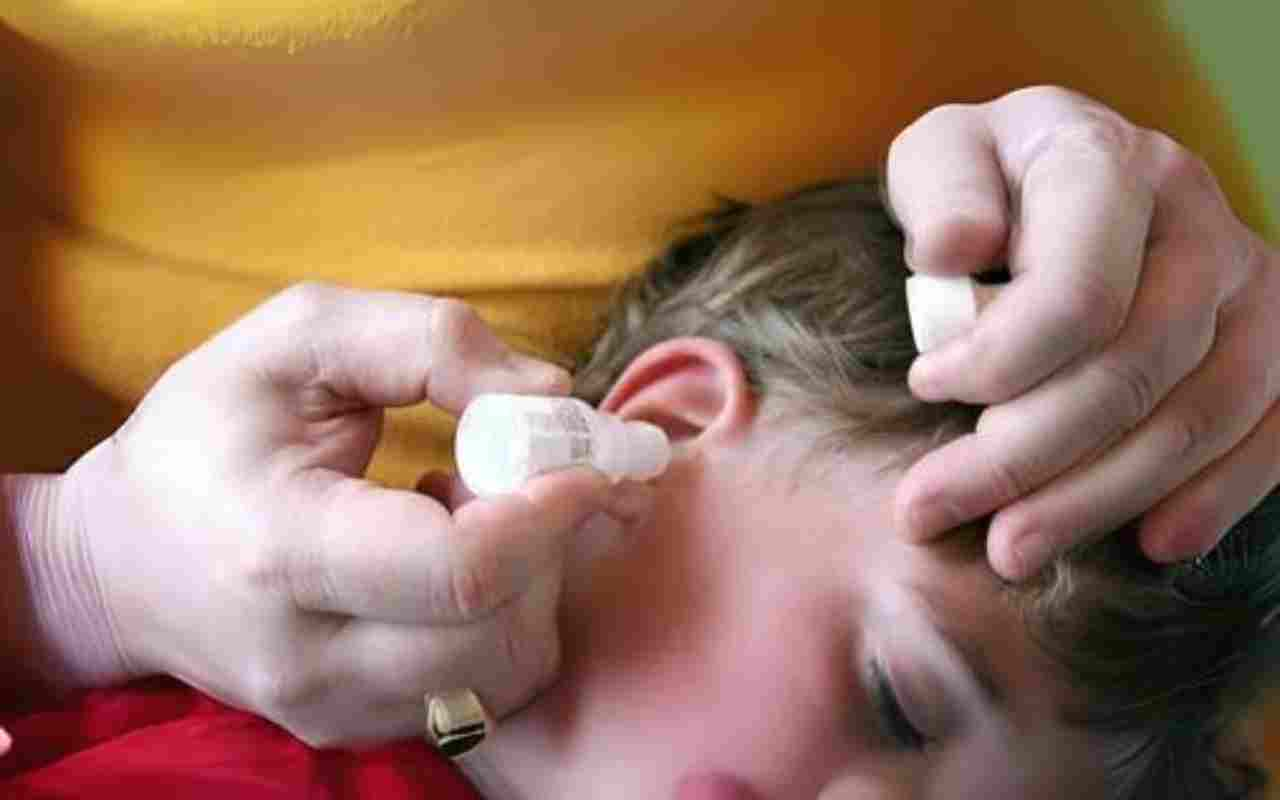
Ear drops, which are liquid solutions that can soften, dissolve, or flush out ear wax, or treat ear infections or inflammation. They can be oil-based, water-based, or alcohol-based, and they can contain various ingredients, such as hydrogen peroxide, carbamide peroxide, glycerin, mineral oil, baby oil, saline solution, or antibiotics.
If you accidentally left ear drops in overnight, it is recommended to rinse your ear with warm water and use a cotton swab to gently remove any excess ear drops. If you experience any discomfort or pain, it is best to contact your healthcare provider for further advice.
Please note that leaving ear drops in your ear for an extended period of time can lead to complications such as infection, hearing loss, or damage to the ear canal. If you experience sudden hearing loss, it is important to seek medical attention immediately as it could be a sign of a more serious condition.
Ear drops should be used according to the instructions and recommendations of your audiologist or doctor, and they should be warmed to body temperature before use.
Here are the steps to apply ear drops correctly:
- Wash your hands with soap and water.
- Warm the ear drops by holding the bottle in your hand for one to two minutes.
- Tilt your head to the side or lie down on your side.
- Gently pull the earlobe out and up to straighten the ear canal.
- Carefully put the recommended number of drops into the ear canal.
- Gently push on the ear flap to help move the liquid in deeper.
- Keep the head down for at least a minute or two so the medication can fully coat the canal.
- Wipe away any extra liquid with a tissue or clean cloth.
If ear drops are not fully going inside a swollen ear, it is possible that they are not reaching the affected area of the ear. To help the drops move through the blockage and reach the infection, a gauze is placed inside the ear.
This is called an ear wick. Over-the-counter medicine can be taken for the pain from swelling. Other remedies include applying hydrogen peroxide ear drops and then lying with your ear facing down for a few minutes, and using over-the-counter ear drops that contain alcohol to dry out the ear canal.
It’s important to administer ear drops correctly to allow the medication to enter your ear canal and treat your ear problem. Ear drops are generally safe when used properly.
They are available as either over-the-counter medications or as prescription drugs, depending on what they’re for.
They can be used to treat ear problems that include: Middle ear infections, Swimmer’s ear, Excessive ear wax, and Ear pain. If you have any doubts or questions, please consult your healthcare provider or pharmacist.
Ear syringes
Ear syringes, which are devices that can squirt water or saline solution into your ear canal to rinse out ear wax or debris. They can be made of rubber, plastic, or metal, and they can have different shapes and sizes.
Ear syringes should be used with caution and care, as they can cause damage or infection if used incorrectly or excessively. To use ear syringes, you should:
- Fill the syringe with warm water or saline solution
- Tilt your head over a sink or a bowl with the affected ear facing down
- Gently insert the tip of the syringe into your ear canal, but not too far
- Squeeze the syringe slowly and steadily to squirt the water or saline solution into your ear canal
- Let the water or saline solution drain out of your ear along with the ear wax or debris
- Dry your ear thoroughly with a soft cloth or tissue
- Repeat the process for the other ear if needed
Ear candles
Ear candles, which are hollow cones made of wax or paraffin that are supposed to create a vacuum and suck out the ear wax. They are not recommended or approved by any medical or health authority, as they are dangerous and ineffective.
They can cause burns, injuries, infections, or complications to your ears. Therefore, you should avoid using ear candles and opt for safer and more effective methods of ear wax removal.
Frequently Asked Questions
How often should I clean my ears?
There is no definitive answer to this question, as it depends on your individual ear wax production and ear anatomy.
However, a general rule of thumb is to clean your ears only when you notice a buildup of ear wax or a decrease in your hearing. You should not clean your ears too often or too aggressively, as this can cause irritation, infection, or damage to your ears.
What are the signs of hearing loss or reduced hearing?
Some of the signs of hearing loss or reduced hearing are:
- Difficulty hearing or understanding speech, especially in noisy environments or over the phone
- Asking others to repeat themselves or speak louder or clearer
- Turning up the volume of the TV, radio, or music player
- Missing or misinterpreting sounds, such as doorbells, alarms, or phone rings
- Feeling isolated or frustrated in social situations or conversations
- Experiencing tinnitus or ringing in the ear
- Having trouble with balance or coordination
How can I prevent ear infection or inflammation?
You can prevent ear infection or inflammation by:
- Washing your hands frequently and avoiding touching your ears with dirty fingers
- Drying your ears thoroughly after bathing, showering, swimming, or sweating
- Avoiding swimming or diving in dirty or polluted water
- Wearing ear plugs or a swim cap when swimming or diving
- Avoiding sharing earphones, earbuds, or ear plugs with others
- Cleaning your earphones, earbuds, or ear plugs regularly with alcohol or disinfectant wipes
- Avoiding scratching or picking your ears with your nails or other objects
- Avoiding smoking or exposure to secondhand smoke, which can irritate your ears
- Managing your allergies or sinus problems, which can affect your ears
- Seeking medical attention if you have any signs or symptoms of ear problems, such as pain, discharge, hearing loss, or tinnitus, and following the instructions and recommendations of your audiologist or doctor
How can I prevent ear wax impaction?
You can prevent ear wax impaction by:
- Avoiding inserting anything into your ear canal, such as cotton swabs, Q-tips, or other objects, as they can push the ear wax deeper into the ear
- Using a few drops of mineral oil, baby oil, glycerin, or hydrogen peroxide to soften the ear wax and make it easier to come out
- Using a bulb syringe or a rubber ear syringe to gently flush out the ear wax with warm water or saline solution
- Using an over-the-counter ear wax removal kit that contains a softening agent and a syringe or a spray bottle
- Visiting an audiologist or a doctor who can remove the ear wax professionally using a special instrument, such as an otoscope, a curette, or a suction device
What are the signs of ear wax impaction?
Some of the signs of ear wax impaction are:
- Hearing loss or reduced hearing
- Ear pain or discomfort
- Tinnitus or ringing in the ear
- Itching or irritation of the ear
- Ear infection or inflammation
- Dizziness or vertigo
- Coughing or gagging
What are the signs of ear infection or inflammation?
Some of the signs of ear infection or inflammation are:
- Ear pain or discomfort
- Fever or chills
- Swelling or redness of the ear
- Discharge or pus from the ear
- Hearing loss or reduced hearing
- Tinnitus or ringing in the ear
- Itching or irritation of the ear
- Dizziness or vertigo
- Nausea or vomiting
How can I prevent hearing loss or reduced hearing?
You can prevent hearing loss or reduced hearing by:
- Getting your hearing checked regularly by an audiologist or a doctor, especially if you are over 50 years old, have a family history of hearing loss, or have any signs or symptoms of hearing problems
- Wearing ear plugs or ear muffs when exposed to loud noises, such as concerts, fireworks, machinery, or firearms
- Limiting the use of headphones, earphones, or earbuds, and keeping the volume at a moderate level
- Taking breaks from listening to loud or continuous sounds, and giving your ears some rest
- Avoiding inserting anything into your ear canal, such as cotton swabs, Q-tips, or other objects, as they can damage your ear or cause ear wax buildup
- Eating a healthy and balanced diet, rich in antioxidants, vitamins, minerals, and omega-3 fatty acids, which can support your ear health and prevent oxidative stress and inflammation
- Staying hydrated and drinking plenty of water, which can help your ear function and prevent dehydration and dryness
- Exercising regularly and maintaining a healthy weight, which can improve your blood circulation and oxygen delivery to your ears
- Managing your stress and anxiety levels, which can affect your ear health and cause tinnitus or vertigo
- Seeking medical attention if you have any signs or symptoms of ear problems, such as pain, discharge, hearing loss, or tinnitus, and following the treatment and advice of your audiologist or doctor

